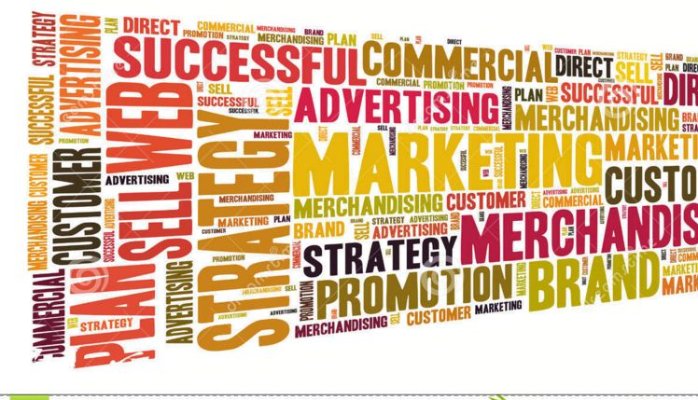Promotional merchandising involves employing promotional products to help companies and other organisations advertise their products and services.
According to the Advertising Speciality Institute, more than 750,000 different products are available for use in promotional advertising campaigns and promotions. The number of products available for promotional merchandising range from clothing items to functional office gifts.
 Brands face numerous hindrances and obstacles when it comes to executing strong merchandising promotions. They may be in the form of insufficient reporting and data, lack of responsibility, and over-complexity in the retail merchandising process, to name a few.
Brands face numerous hindrances and obstacles when it comes to executing strong merchandising promotions. They may be in the form of insufficient reporting and data, lack of responsibility, and over-complexity in the retail merchandising process, to name a few.
These are magnified ten-times during busy shopping seasons. In fact, many retailers themselves say that their stores struggle to achieve compliance when merchandising results are evaluated.
Having your brand’s product missing from shelves or incorrectly priced during key shopping times kills in-store sales opportunities.
Not only that, but the results of your merchandising execution influences everything from marketing budgets to supply-chain scheduling, sales results and customer experience.
So how can brands overcome merchandising challenges? There are five key retail realities they need to keep in mind when planning merchandising strategies:
1. Your brand is sitting alongside its competitors: While you surely consider competitors during the product development process, the ultimate battleground is in fact inside physical stores. In-store, consumers have the luxury of choice, as the benefits, pricing, etc., of each option are laid out in front of them. Ultimately, the winner — i.e., the brand that’s purchased — stands out in some way, whether due to more appealing packaging, better price or another factor. See what products you’re sitting next to, and consider testing different ways to stand out from the crowd.
2. Your merchandising campaign is probably not a priority for retailers: Store managers don’t wake up every morning and think, “How can I make Brand X more successful today?” They have many other things to think about, like maintaining profitability of their own stores on very thin margins, employee scheduling, etc. Ensuring merchandising compliance can fall to the bottom of their priority list, quickly. That means it’s up to brands to ensure compliance by conducting audits and making the implementation process easy for retailers. That could be as easy as sending signage that’s not complicated to set up, or having a field representative meet with store staff to educate them on the benefits of flawless merchandising execution.
3. Technology is imperfect: There are endless inventory management tools that retailers use, but technology is imperfect. These tools don’t always take into account unexpected increases in consumer demand. For example, a natural disaster can impact consumer demand for bottled water and nonperishable food items at grocery stores. A warmer-than-normal winter can also impact shopping habits. Therefore, brands need to expect the unexpected and have a plan in place to handle a surge.
4. More choices = more problems: Many brands understandably want to expand their product offering and test new items, whether that means introducing a new flavor or debuting a lower-calorie version of a popular item. But if there’s one thing consumers hate, it’s seeing the product they really want missing from a shelf fully stocked with less-desirable alternatives. You’ll see this quite a bit in the cereal and beverage aisles. The best approach is to have people on the front lines, auditing your merchandising in person, reporting accurate results and filling the holes in the shelves.
5. It’s all about the shopper: Brands create merchandising campaigns for a reason, but often it’s retailers that have valuable feedback to share that might ultimately make a campaign more successful. It’s time to up the collaboration and get a little uncomfortable to drive more in-store sales. Think outside the box when implementing merchandising solutions. A little creativity can go a long way.


